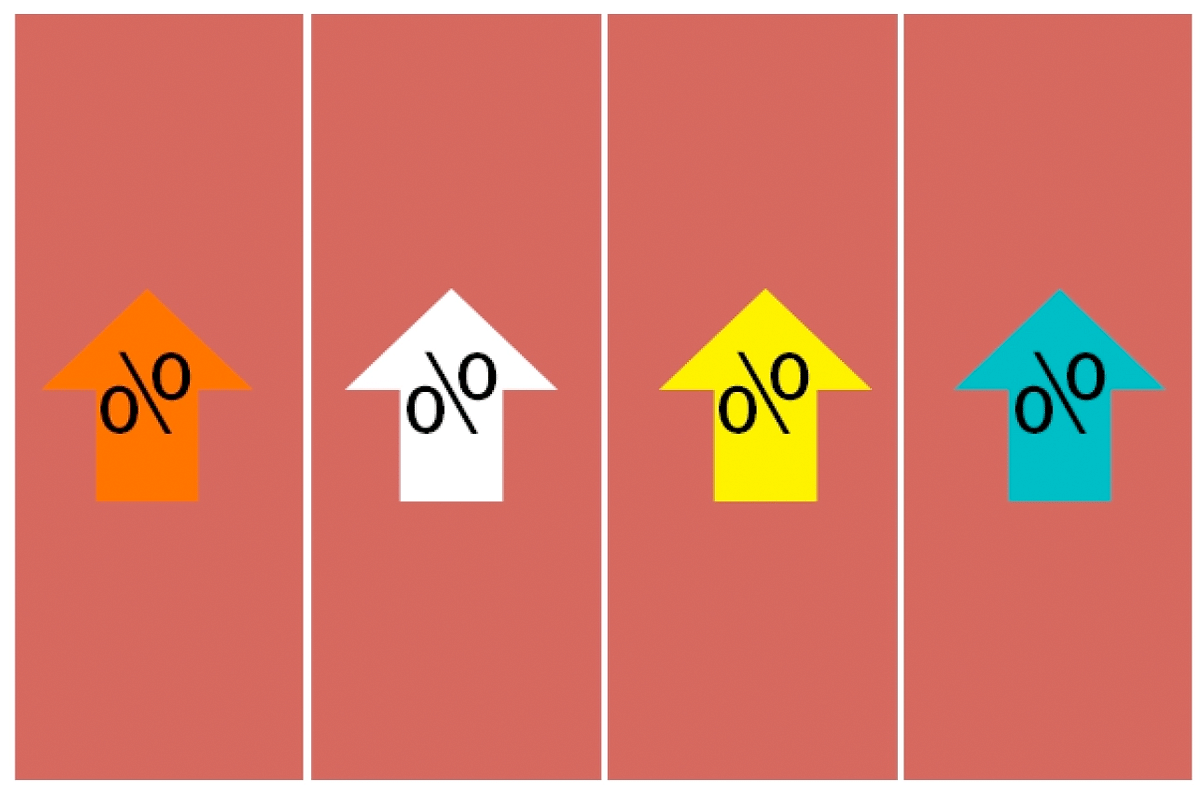Economy
Robust Economic Revival Is Underway, But Hold The Laddoos Until December
- We have begun celebrating a massive economic revival, probably a bit prematurely, but there is a reason to be cautious.
- Here’s why.

For a $5 trillion economy, India needs multi-sectoral reforms.
Indians have a tendency to despair too soon and celebrate even sooner. We started breast-beating about Covid-19 and economic contraction from July-August, when the numbers of the former were shooting up and growth rates were plummeting. Now, with the situation reversing, we have begun celebrating a massive economic revival, probably a bit prematurely.
Two cheers are certainly called for. Daily Covid-19 infection rates are down to 0.5 per cent on a total base of 8.26 million, and active cases are just over 5.4 lakh as on 3 November. This means infection rates are rapidly falling despite stable testing rates of a million a day, or sometimes just under that number. This implies that we can handle a second spike this winter without again resorting to lockdowns.
The third cheer will be reserved for later, if citizens remain cautious and protect themselves. Already, masking is down, and safe distancing has gone for a toss. We don’t know if people are washing their hands as frequently as before, though sanitisers are visible everywhere.
Two cheers are also due for the economic recovery. Goods and services tax collections topped Rs 1 lakh crore for the first time in October since the lockdowns began in March.
E-way bills, another signal of rising economic activity, reported their highest levels since GST was rolled out in July 2017, with 64.1 million being generated last month.
Factory output hit a 10-year record, with the Nikkei Manufacturing Purchasing Managers’ Index (PMI) soaring to 58.9, signalling robust expansion.
UPI (unified payment interface) transactions boomed to over two billion, covering close to Rs 4 lakh crore of transactions in October. The trend that began from demonetisation has actually paid off during Covid time, as cashless, contactless transactions have taken off vertically.
The Economic Times reports some “green shoots” in the white collar job market, with startups, and even brick and mortar outfits, claiming brisk hiring.
However, there is reason to be cautious before distributing too many laddoos in the Indian tradition. The signs are auspicious, but we still need to ward off some evil eyes.
Three reasons for caution.
One, the October boost in economic activity is the result of two factors – the surfacing of pent-up discretionary demand that got locked up during the lockdown, and the preparatory ramp-up of production and movement of goods in October ahead of the festive season.
Diwali this year is in November, which explains the rush of economic activity in October, including all-time-high sales by Hyundai and Hero. This is not to say demand won’t sustain in November or December, but till we see these two months off with good numbers, we can’t say we have bid goodbye to slowdown.
Two, it is more than likely that the revival in the jobs market will be slower than the speed at which output is rising. This is because of the long-term trend towards substituting labour with automation and technology. The Nikkei survey of factories also showed that “firms cut staff for the seventh month in a row, a streak not witnessed since the survey began in 2005, signalling a quick recovery in the consumer-driven economy may be a distant possibility,” says a Business Standard report.
In short, consumer demand may still need fiscal pick-me-ups. Artificial employment creation, both of the rural MGNREGA type and a parallel programme for urban areas, may need large doses of cash; formal employment may need more incentivisation to avoid youth frustration.
Three, food inflation has made a comeback, which is good news for the farmer, but bad news for urban areas. The September consumer price index printed at 7.34 per cent, yanked high by food inflation of 10.68 per cent, led by potato, onion and vegetables, among others.
Despite these caveats, there is little doubt that the Narendra Modi government needs to be complimented for reasonably good Covid and economic management. But when the next budget comes in February, it cannot avoid demand boosters. It has done well to conserve resources so far; it now needs to bring out the big bazookas to make sure both the economic and job recoveries sustain in 2021-22. We cannot afford anything less than double-digit growth on this year’s lower base.
Support Swarajya's 50 Ground Reports Project & Sponsor A Story
Every general election Swarajya does a 50 ground reports project.
Aimed only at serious readers and those who appreciate the nuances of political undercurrents, the project provides a sense of India's electoral landscape. As you know, these reports are produced after considerable investment of travel, time and effort on the ground.
This time too we've kicked off the project in style and have covered over 30 constituencies already. If you're someone who appreciates such work and have enjoyed our coverage please consider sponsoring a ground report for just Rs 2999 to Rs 19,999 - it goes a long way in helping us produce more quality reportage.
You can also back this project by becoming a subscriber for as little as Rs 999 - so do click on this links and choose a plan that suits you and back us.
Click below to contribute.
Latest